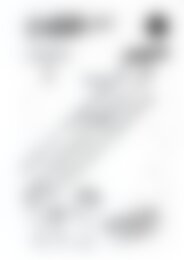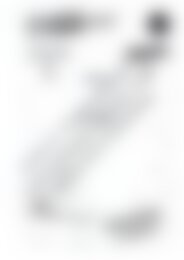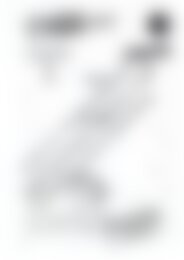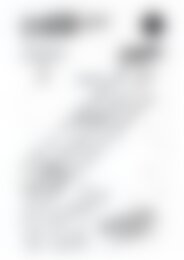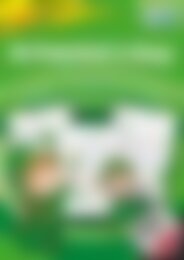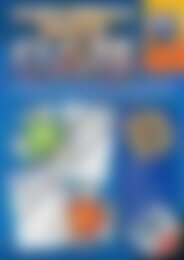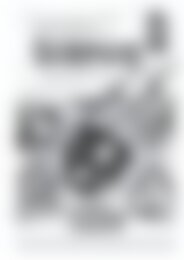20389_Science_with_STEM_Year_5_Chemical_Sciences_Its_a_matter_of_state
Create successful ePaper yourself
Turn your PDF publications into a flip-book with our unique Google optimized e-Paper software.
Assessment<br />
Teacher notes<br />
<strong>Science</strong> knowledge<br />
<strong>Chemical</strong> sciences<br />
IT’S A MATTER OF STATE<br />
Solids, liquids and gases have different observable properties and behave in different ways<br />
(ACSSU077)<br />
Indicators<br />
• Defines <strong>matter</strong>.<br />
• Lists the properties <strong>of</strong> each <strong>state</strong> <strong>of</strong> <strong>matter</strong>—solid, liquid and gas.<br />
• Explains how <strong>state</strong>s <strong>of</strong> <strong>matter</strong> can behave in different ways.<br />
• Gives examples <strong>of</strong> <strong>matter</strong> that are solids, liquids or gases.<br />
• Uses knowledge <strong>of</strong> changing <strong>state</strong>s <strong>of</strong> <strong>matter</strong>, to provide advice for survival on a deserted island.<br />
• Uses knowledge <strong>of</strong> how <strong>state</strong>s <strong>of</strong> <strong>matter</strong> behave in different ways to explain why jelly changes <strong>state</strong><br />
under pressure, and applies this to a practical context.<br />
Assessment answers<br />
Pages 65 and 66<br />
1. Matter is any substance that has volume and mass and is commonly found in three <strong>state</strong>s—solid,<br />
liquid and gas.<br />
2. Solid Liquid Gas<br />
• Usually rigid (but does not<br />
have to be hard)<br />
• Fixed shape (can be any<br />
shape)<br />
• Fixed volume (can be any<br />
size)<br />
• Not rigid (it flows and can<br />
be poured)<br />
• No fixed shape (takes the<br />
shape <strong>of</strong> the container)<br />
• Fixed volume (can be any<br />
size)<br />
• Not rigid (it flows and can<br />
be poured, though not<br />
easily)<br />
• No fixed shape (expands<br />
to fill the space available)<br />
• No fixed volume<br />
3. (a) solid, liquid (b) liquid, solid (c) liquid, solid<br />
4. Teacher check<br />
5. Teacher check—Answer should reflect: Collect ice from the environment and place it in the pot <strong>with</strong><br />
the lid on it. Melt the ice over the fire until it becomes a liquid. Continue heating the ice, <strong>with</strong> the<br />
lid on, until it boils to remove any germs. Take the pot <strong>of</strong>f the heat and let it cool. This will allow the<br />
water vapour to condense and the liquid to cool. Enjoy drinking clean water until help arrives.<br />
6. Teacher check—Answer should reflect: Jelly is a substance that behaves like a solid but when<br />
pressure is exerted on it, appears to be a liquid. As the patient is not allowed to consume liquids,<br />
he should not consume jelly because as he swallows and exerts force on the jelly, it will change to a<br />
liquid <strong>state</strong>.<br />
©R.I.C. Publications<br />
Low Resolution Images<br />
Display Copy<br />
64 <strong>Science</strong>:<br />
A <strong>STEM</strong> APPROACH<br />
YEAR<br />
5<br />
R.I.C. Publications® – www.ricpublications.com.au






